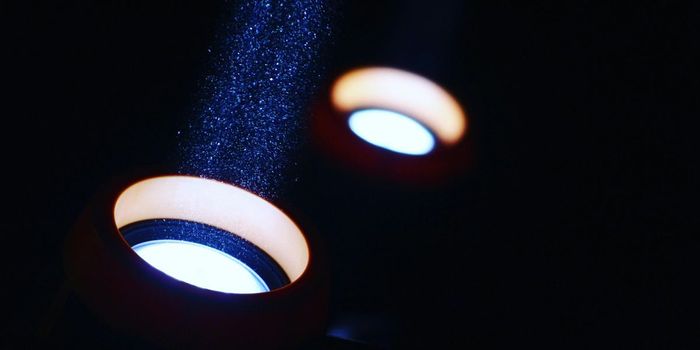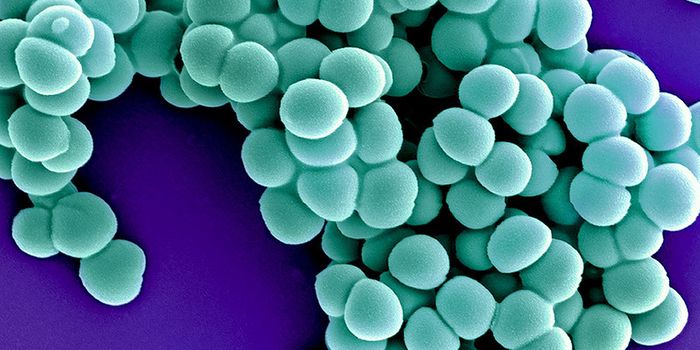Ultra-Thin Spinal Implants Could Treat Severe Pain
Researchers from the University of Cambridge have built a minimally invasive, ultra-thin, inflatable spinal cord stimulation (SCS) device that could be used to relieve some of the most severe forms of pain.
SCS is nothing new. While they have been available for some time though, the most effective among them is shaped like a paddle and covers a wide range of the spinal cord. It is bulky and requires invasive surgery under general anaesthetic to be implemented. This limits its use and as such, just 50,000 SCS procedures are carried out worldwide per year.
While an alternative device exists that can be delivered via keyhole surgery and under local anaesthetic, as it covers less of the spinal cord, it is less effective at reducing pain than the larger, bulkier version. For the present study, the researchers thus aimed to create a device that took the best from both existing solutions- clinical efficacy and noninvasive surgical implementation.
For the new device, the researchers used a combination of flexible electronics, tiny microfluidic channels as used in drug delivery and shape-changing materials used n soft robotics. In doing so, they managed to create a device just 60 microns thick- small enough to be placed inside a needle for implantation. Once inserted, thanks to its microfluidic channels, it can then cover a wide area of the spinal cord, where it can reduce pain.
"Our earlier versions were actually so thin that they were invisible to x-rays, which the surgeon would need to use to confirm they're in the right place before inflating the device," says Ben Woodington, co-first author of the research. "We added some bismuth particles to make it visible without increasing the thickness too much. Designing a device is one thing, but putting it into surgical use is quite another."
The researchers have so far tested the device in vitro and on a human cadaver model. From these early tests, they say that their device may be able to treat several forms of pain, such as leg and back pain. They also said it may one day adapted to treat paralysis or Parkinson’s disease. They hope their device will begin tests in patients in two to three years.
"The way we make the device means that we can also incorporate additional components - we could add more electrodes or make it bigger in order to cover larger areas of the spine with increased accuracy," said Dr Damiano Barone, one of the paper’s senior authors.
"This adaptability could make our SCS device a potential treatment for paralysis following spinal cord injury or stroke or movement disorders such as Parkinson's disease. An effective device that doesn't require invasive surgery could bring relief to so many people."
Sources: American Pain Society, EurekAlert, Science Advances









